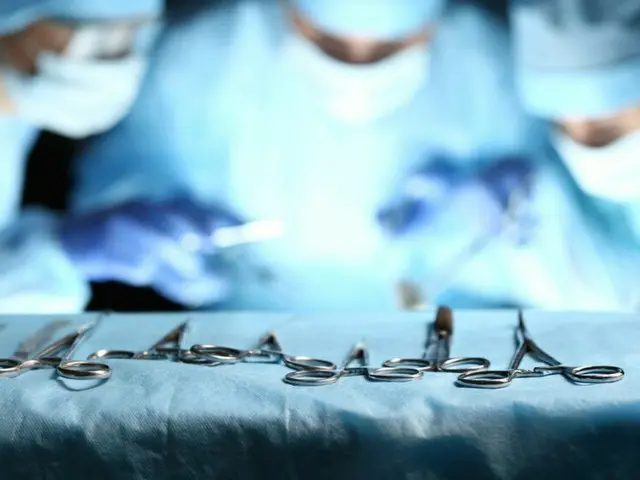According to Yonhap News on the 19th, at around 6:17 am on the 20th of last month, a citizen discovered a student having a seizure near a high school in Busan and reported it. Fire authorities announced the incident 16 minutes later at noon.
They arrived at the scene around 6:33 a.m. At the time, the student was showing symptoms of epilepsy, including violent convulsions, but was able to respond when his name was called.
The paramedics classified the student as a Grade 2 emergency on the Pre-KTAS (Pre-KTAS) scale, which is a 5-point scale for the severity of the transport stage, and took into consideration the student's symptoms and provided medical advice.
We contacted mainly hospitals with internal medicine departments. However, we received calls from regional emergency medical centers such as Haeundae Baek Hospital and Dong-A University Hospital, as well as Busan National University Hospital and Busan Baek Hospital.
All four hospitals refused to accept the patient because it was difficult for them to provide on-call pediatric neurology care. After that, the Emergency Situation Management Center responded directly and sent the patients to Dong-A University Hospital, Yangsan Busan Paik Hospital, and Haeundae Hospital.
In addition to Paik Hospital, requests were made to eight other hospitals, including Busan National University Hospital, Dong-Yi Hospital, Koshin University Hospital, and Changwon Hanmaum Hospital in Changwon, South Gyeongsang Province.
However, the result was the same. About an hour had passed in the ambulance, and the student went into cardiac arrest.
The classification was raised to Grade 1, which corresponds to "resuscitation," and at around 7:30 a.m., the nearest Daedong (
The student was taken to Daido Hospital. In the case of a patient in cardiac arrest, the nearest hospital is required to accept the patient. However, when the hospital medical staff removed the student's clothes and checked him closely, they found that he had died.
Severe trauma was found near the femur. It is believed that the student had already suffered serious injuries before the citizen's report, and the trauma was hidden under the student's clothing, so it could not be confirmed at the scene.
He later died, and an autopsy was not performed at the request of his family. There are differing interpretations as to why the student was not allowed into the emergency room at the appropriate time.
The professor of the department said, "How the ambulance crew communicated the patient's condition to the hospital seems to be important," and added, "If there is a concern of cardiac arrest, they should have immediately transported the patient while performing measures such as airway intubation at the scene."
In particular, some analysts believe that the hospital may not have fully recognized the urgency of the patient's condition because the ambulance crew failed to detect any external injuries.
On the other hand, some argue that it was important to transport the patient to the emergency room first, since it was difficult for paramedics to detect injuries inside the ambulance.
In this case, the patient had difficulty communicating and was showing severe epileptic symptoms, so the injuries were only discovered after the patient's clothes were removed. This made it difficult for emergency personnel on the scene to accurately assess the patient's condition.
Given the circumstances, it was important to prioritize transporting patients to hospitals with adequate personnel and facilities.
2025/11/19 21:37 KST
Copyrights(C) Edaily wowkorea.jp 78

